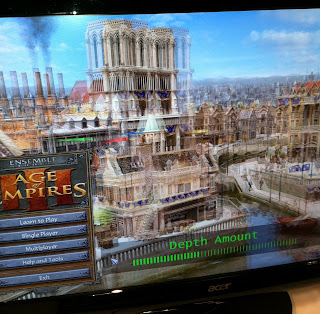In the light of the recent tragedy in Colorado, I
thought it appropriate to quietly revisit three previous Future-Talk 3D blog posts that touch
upon the role of stereo 3D in emergency preparedness education.
These three posts sadly take on
new meaning and relevance in the light of the past Colorado shooting
tragedy. In a future post, I will update our readers on major Panasonic initiatives in this arena.



